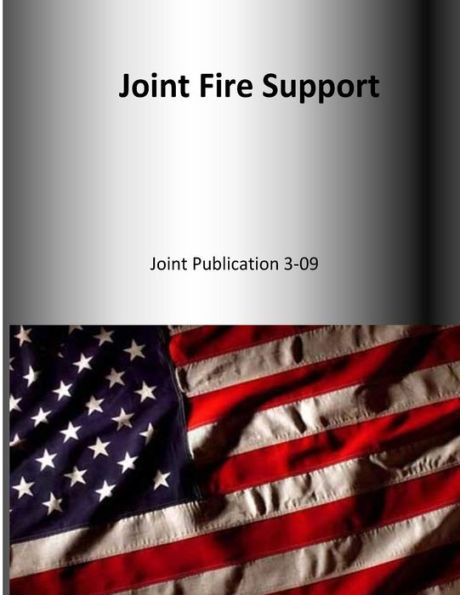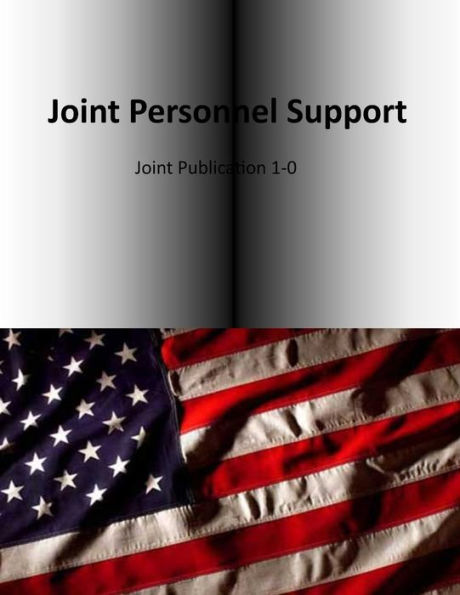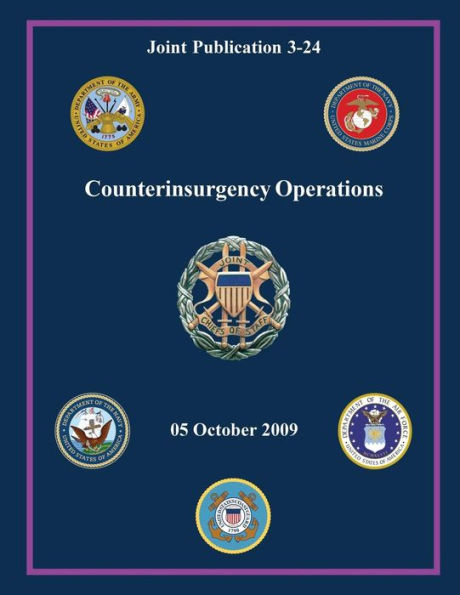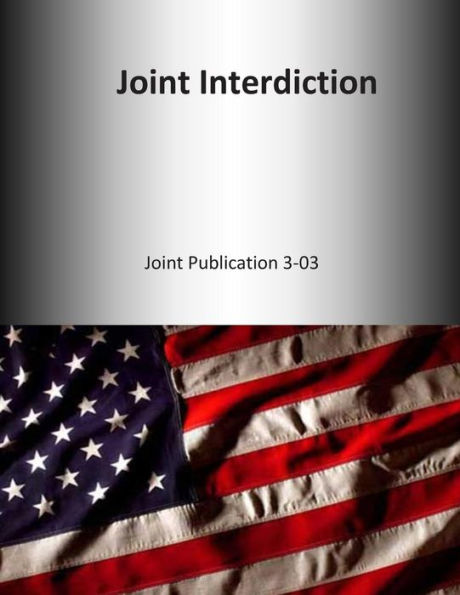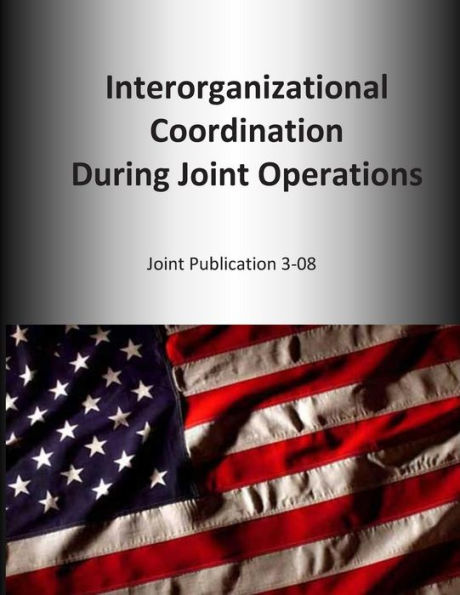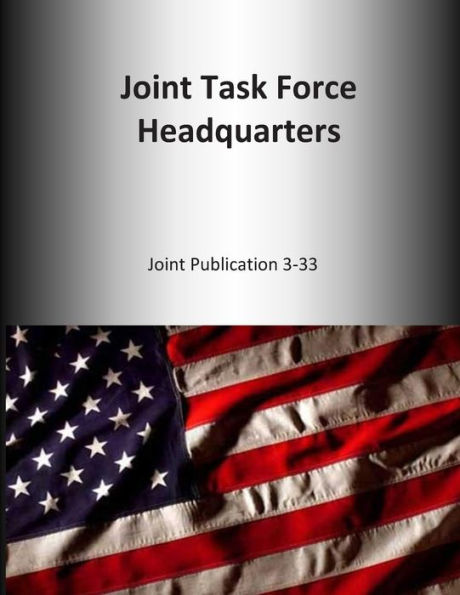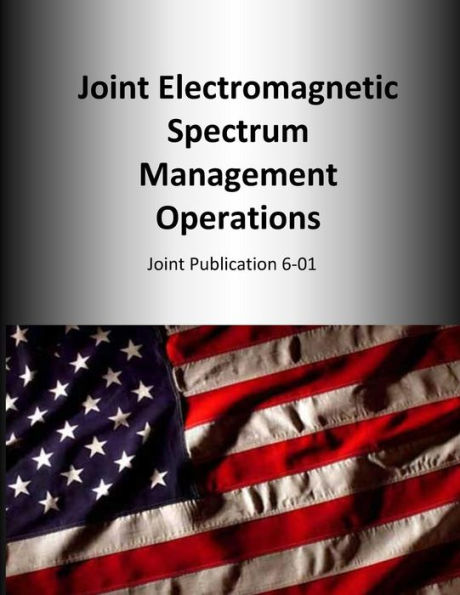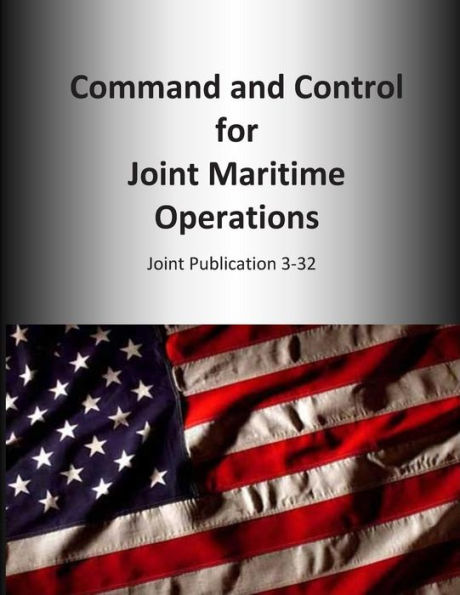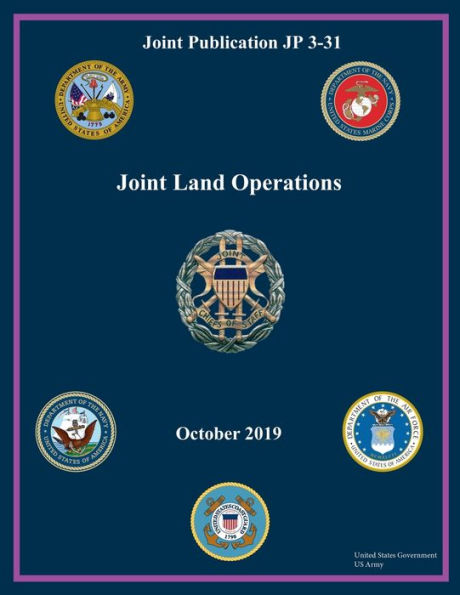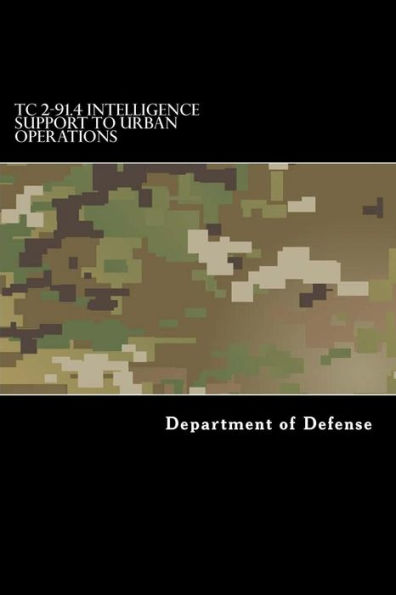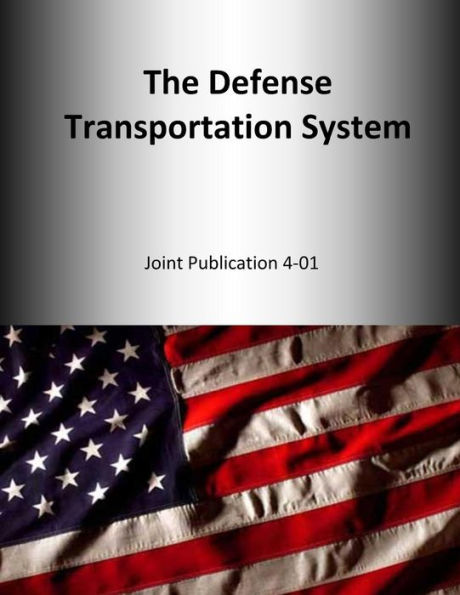Home
Geospatial Intelligence Support to Joint Operations (Joint Publication 2-03)


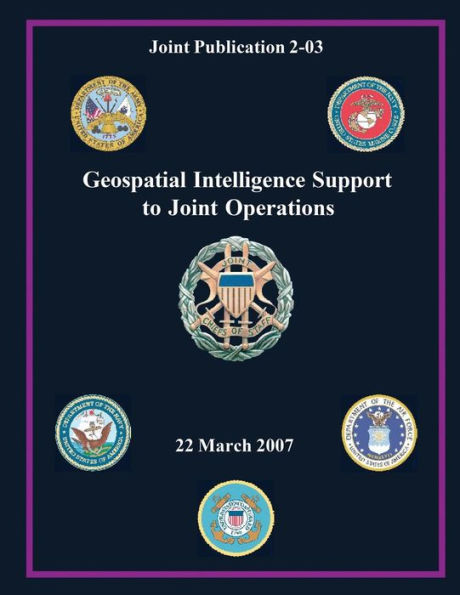
Geospatial Intelligence Support to Joint Operations (Joint Publication 2-03)
Current price: $21.99
Loading Inventory...
Size: OS
This publication provides doctrine for geospatial intelligence (GEOINT) support to joint operations. This publication discusses GEOINT roles, planning, coordination, production, dissemination, and existing architectures that support GEOINT and the geospatial information and services and intelligence officer in planning, execution, and assessment of the mission. Geospatial intelligence (GEOINT) supports joint forces in their ability to rapidly respond to threats around the world by providing geo-referenced visual and data products that serve as a foundation and common frame of reference for any joint operation. GEOINT is the exploitation and analysis of imagery and geospatial information to describe, assess, and visually depict physical features and geographically referenced activities on the Earth. GEOINT consists of imagery, imagery intelligence (IMINT), and geospatial information. Imagery: A likeness or presentation of any natural or manmade feature or related object or activity and the positional data acquired at the same time the likeness or representation was acquired, including products produced by space-based national intelligence reconnaissance systems, and likenesses or presentations produced by satellites, airborne platforms, unmanned aerial vehicles, or other similar means (except that such term does not include handheld or clandestine photography taken by or on behalf of human intelligence collection organizations). Imagery Intelligence: The technical, geographic, and intelligence information derived through the interpretation or analysis of imagery and collateral materials. Geospatial Information: Information that identifies the geographic location and characteristics of natural or constructed features and boundaries on the Earth, including: statistical data and information derived from, among other things, remote sensing, mapping, and surveying technologies; and mapping, charting, geodetic data, and related products. The term GEOINT encompasses both the standard, or traditional, and the specialized (integrated) capabilities of imagery, IMINT, and geospatial information. The full utility of GEOINT comes from the integration of all three, which results in more comprehensive, tailored GEOINT products for a wider scope of problems and customers across all functional areas. Advances in technology and the use of geospatial data throughout the joint force have created the ability to use geography as an integrating function resulting in more sophisticated capabilities for visualization, analysis and dissemination of fused views of the operational environment. GEOINT provides a common framework for supporting joint operations to better enable mission accomplishment across the range of military operations and with all mission partners. The use of GEOINT can be categorized into five general areas: general military intelligence and indications and warning; safety of navigation; operational environment awareness; mission planning and command and control; and target intelligence. This publication has been prepared under the direction of the Chairman of the Joint Chiefs of Staff. It sets forth joint doctrine to govern the activities and performance of the Armed Forces of the United States in operations and provides the doctrinal basis for interagency coordination and for US military involvement in multinational operations. It provides military guidance for the exercise of authority by combatant commanders and other joint force commanders (JFCs) and prescribes joint doctrine for operations and training. It provides military guidance for use by the Armed Forces in preparing their appropriate plans. It is not the intent of this publication to restrict the authority of the JFC from organizing the force and executing the mission in a manner the JFC deems most appropriate to ensure unity of effort in the accomplishment of the overall objective.
